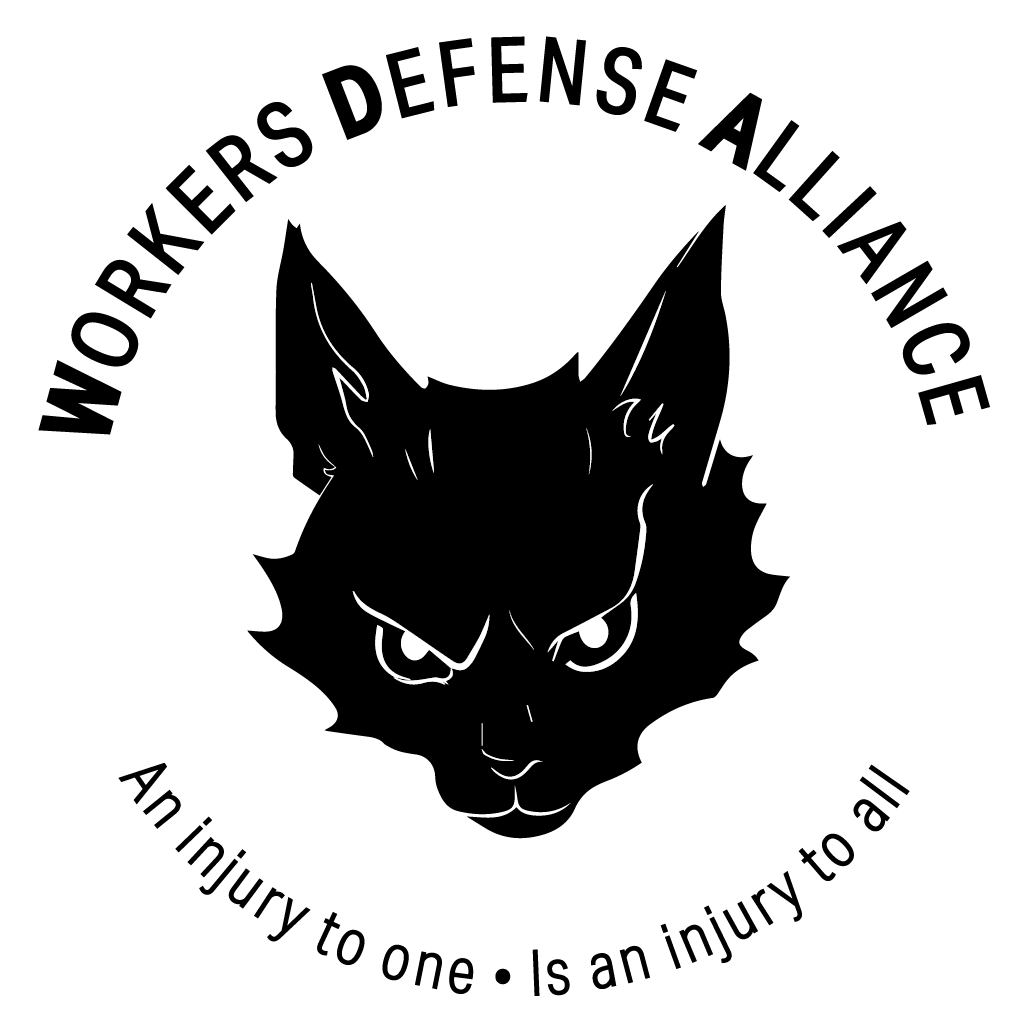Here in Minneapolis, we are in the first "trough" of the wave of the uprising. MAJOR concessions have been granted by institutions cutting ties with the MPD and the City Council (including members who have been consistently obstructionist to the movement against policing) announcing a plan for abolishing the MPD.
At this phase of uprisings, the new relationships built during the insurrectionary phase will be tested and strengthen, break, or transform. If we want to see a process by which the working class composes ourselves into a more combative, revolutionary force, our goal is to strengthen and transform those relationships into a new popular counter-power. These need to not only hold fast and expand the victories already made, but also serve as places where we build further skills, confidence, and consciousness in the process of doing the work.
There are couple things are likely to happen and some interventions that people can make:
1. Repression against those who participated in the insurrectionary phase. Make no mistake; this is not going to be targeted at the alleged outside agitators that the state claimed were behind the uprising, though certainly a few people from outside the metro will be made examples of to validate that narrative. It will be targeted against black and brown youth, and even peaceful ones will be charged with violent crimes and burglaries to differentiate them from the "good protestors", isolate them from support, and intimidate the ones they have very little on into plea deals. It is important to organize all the arrestees of the uprising and form collective legal defense strategies- against taking plea deals that are used as evidence against others, for collective plea deal refusal as a form of collective bargaining, for solidarity with those facing the most trumped up charges. Pipeline Legal Action Network is one of the organizations helping connect defendants. The National Lawyers Guild Minnesota and Minnesota Freedom Fund are also very active in this and providing a lot of the resources. This is a nationwide bail fund list-
(https://bailfunds.github.io/)
2. Retaliation by MPD against the communities that supported the uprising. We are already seeing a lot of squad cars out, sirens blazing, coming through our neighborhoods. After the 4th Precinct Siege in 2015, there was intense retaliation against North Minneapolis. It is important that the more radical elements of the community self defense groups do not demobilize, but begin building active copwatch programs. The Twin Cities Workers Defense Alliance is updating and offering our copwatch training, which was originally developed in the wake of the 4th Precinct Siege.
3. Shifting goalposts on police abolition from the City Council. Change is not going to come from above, and the Council can easily start to bend what is meant by abolition of the MPD. We need the more radical elements of the community self defense groups learning practices of de-escalation and violence-intervention to model actual community safety. This is something the Twin Cities Workers Defense Alliance is working on, but the real model for a lot of community driven safety should be the AIM of Twin Cities & AIM Patrol of Minneapolis in Little Earth.
4. The impending end of the coronavirus restrictions and with it the lifting of the eviction moratorium. Eviction defense, tenant organization, and the holding of housing for the houseless is essential. Neighbors in many areas are getting to know each other in new ways and build new relationships of trust. Minnesota Rent Strike, #RentStrike2020 MN, United Renters for Justice - InquilinXs UnidXs por Justicia, Twin Cities Solidarity Network, Defend Glendale & Public Housing Coalition, Minneapolis Sanctuary Hotel, and TC DSA Housing Justice Branch are all places to plug in on tenant organizing.
5. Battles over the rebuilding of the city. This is a longer term battle but will be a crucial one in determining whether we move towards building a new world in the ashes of the old, or if the uprising just serves as a chance for even further gentrification, which will bring with it even more policing (even if that policing is, in Twin Cities style, washed in a facade of progressivism). How do we make sure that what is built, is beneficial to the working class and colonized people who live here? How do we get more housing resident-run, and more businesses worker-run? How do we make sure the construction itself is done union and the union workers include lots of people of color from the city?
6. Shortages of goods and need for mutual aid. Our communities were already hurting, and some of the businesses burned included groceries and pharmacies. This map (https://twin-cities-mutual-aid.org/) shows where mutual aid is being accepted and distributed around town. See also South Minneapolis Mutual Aid Autonomous Zone Coordination and Twin Cities Mutual Aid, as well as the TC DSA Solidarity Fund (https://twincitiesdsa.org/solidarity/). Maintaining these and organizing them to be sustained through mutual aid provided for and by the community impacted, rather than mostly as service models, is crucial both to survival and to building relationships and power.
7. The possibility of another confrontation with the state. Uprisings often happen in waves. The concessions granted already will not be enough to create justice, and very possibly not enough to prevent another uprising (which is the actual goal of most concessions and reforms). Networks need to be strengthened. You can try to get medic training from groups like North Star Health Collective, support media like Unicorn Riot, get picket and direct action training from Twin Cities Workers Defense Alliance, make plans to provide support and safety to rebels with networks you are in, or plan with your neighbors about how to make your area a safe refuge and autonomous zone if the city once again has to rise up. Above all, working class general assemblies need to continue meeting and planning work in our neighborhoods and across the city to expand our autonomy and resilience.
